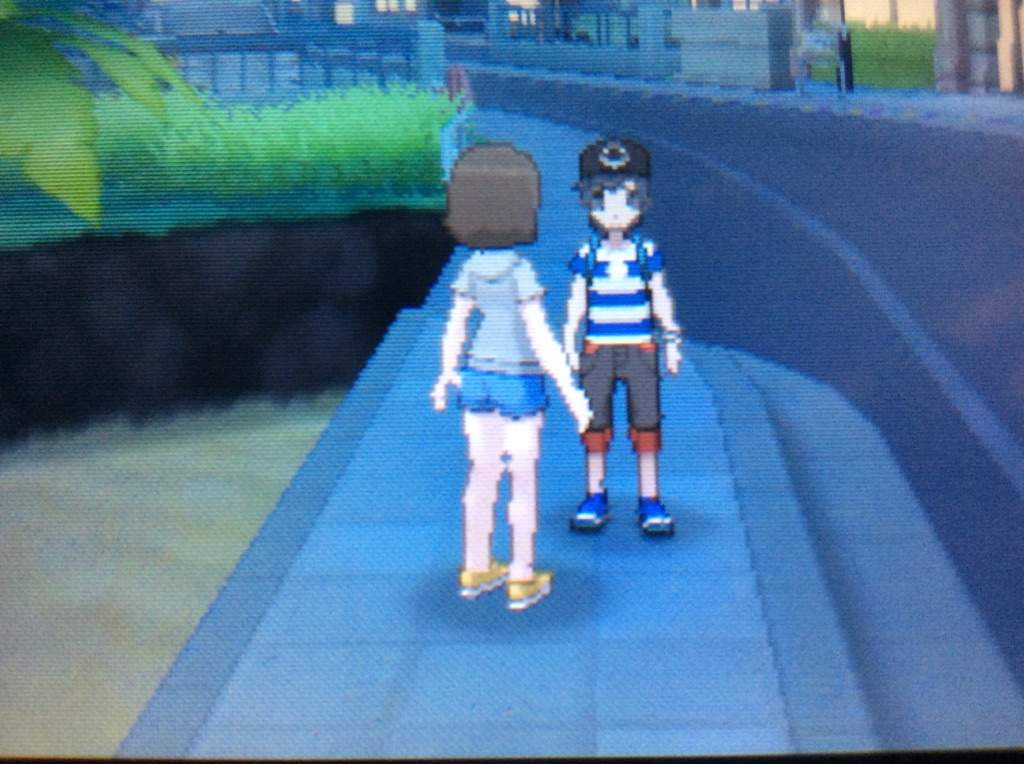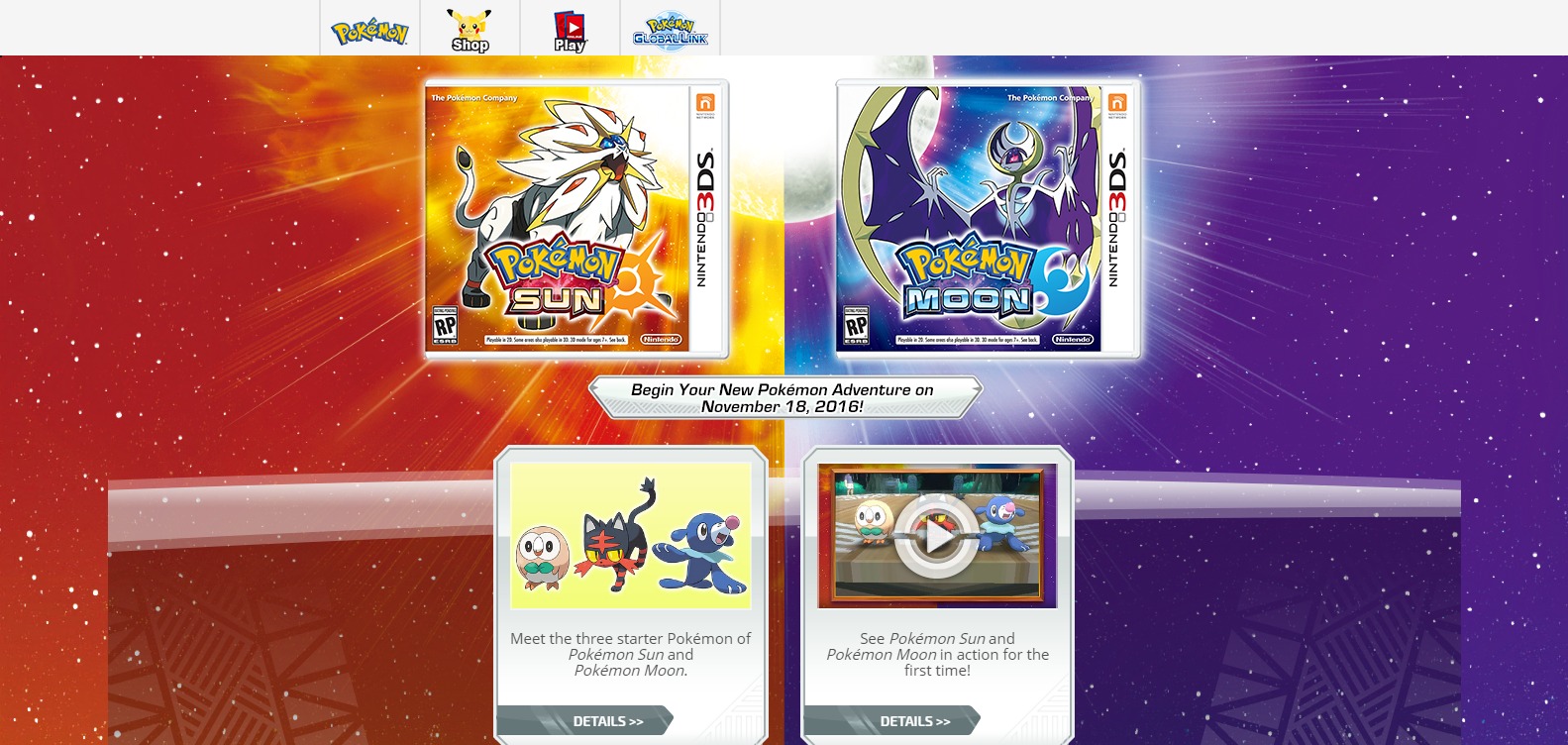

Game Freak has made one change that spices up wild Pokémon encounters. The game isn’t hurting for new monsters at this point, but longtime players like to see how the additions change up the competitive metagame. The original versions of the monsters will still be available in Sun and Moon, but you’ll need to transfer them from previous-generation games after the Pokémon Bank app is updated with Sun and Moon support in January 2017. There are also 18 “ Alola form” regional variants-versions of some of the original 151 Pokémon that have had their appearances, types, moves, and stats tweaked for the new games. That number climbs to around 85 once you include the alternate forms that a few of the new additions have. Sun and Moon add a total of 80 all-new Pokémon, including “secret” ones that will presumably be available via event distributions later on. Mega Evolutions still exist in these new games, but no new evolutions have come along since Omega Ruby and Alpha Sapphire, and they’re not really integrated into the games’ story mode this time around. The hyper-powerful, once-per-battle Z-Moves are Sun and Moon’s main contribution to the core battling mechanics, much like Mega Evolutions in X and Y and passive Abilities in Black and White. Adding new mechanics (and throwing old ones in the garbage where they belong) But the new games feel more like they were made for a 3D console and not just 8-bit games converted to 3D. Despite these changes, Pokemon doesn’t feel grown up (the dialogue is still mostly insipid, although these days the series’ unflagging optimism and simple sunniness seems more necessary than it used to). The game world is also more realistically proportioned, and camera angles have become more cinematic, moving yet further from the series’ traditional top-down view.

Human characters now have typical proportions, shedding the last vestiges of the “ chibi” style characters that were necessitated by technical limitations in the old Game Boy games ( X and Y made steps in this direction, but characters still had somewhat chibi proportions outside of battles and cinematics). Sun and Moon also get subtle but welcome upgrades. Previous games’ gym leaders were content to stand in large thematically appropriate rooms waiting for you to bring the challenge to them. Kahunas and their captains are also presented as community leaders, and you run into them a few times before you challenge them, which makes the world feel more lived in. Alola feels different from the locations in other Pokémon games, but Sun and Moon are still Pokémon games. You don’t want to let them steal Pokémon. As you make your way through these trials, you'll also continually butt up against this game’s Team Rocket stand-in, “Team Skull.” They want to steal Pokémon.
Pokemon.sun and moon secrets trial#
Clearing a trial or beating a kahuna nets you not a gym badge but a “Z-Stone,” which can power up a move of a specific type once per battle. Kahunas are more or less just gym leaders by different names-they have teams of Pokémon built around specific types and everything-but the trials are more varied.

You and your friend/rival visit each island, where you clear that island’s trials before taking on that island’s leader (called the “ kahuna,” in keeping with the Hawaii theme) in a Pokémon battle. Rather than beating eight gyms and challenging the Elite Four, you and your friend/rival are taking something called the Island Challenge, which is part Pokémon challenge and part coming-of-age journey. Most other Pokémon regions have been one big landmass spotted with the occasional island, but the Alola region has four distinct islands that the player travels to and from via ferry. Sun and Moon’s new Alola region has a strong Hawaii-esque sun-and-sand tropical vibe, and, even more than in past games, the setting informs the game’s structure. Links: Amazon US | Amazon UK | Official website Welcome to AlolaĮvery Pokémon game takes place in a different “region,” and every region takes its influence from a different real-world location.


 0 kommentar(er)
0 kommentar(er)
